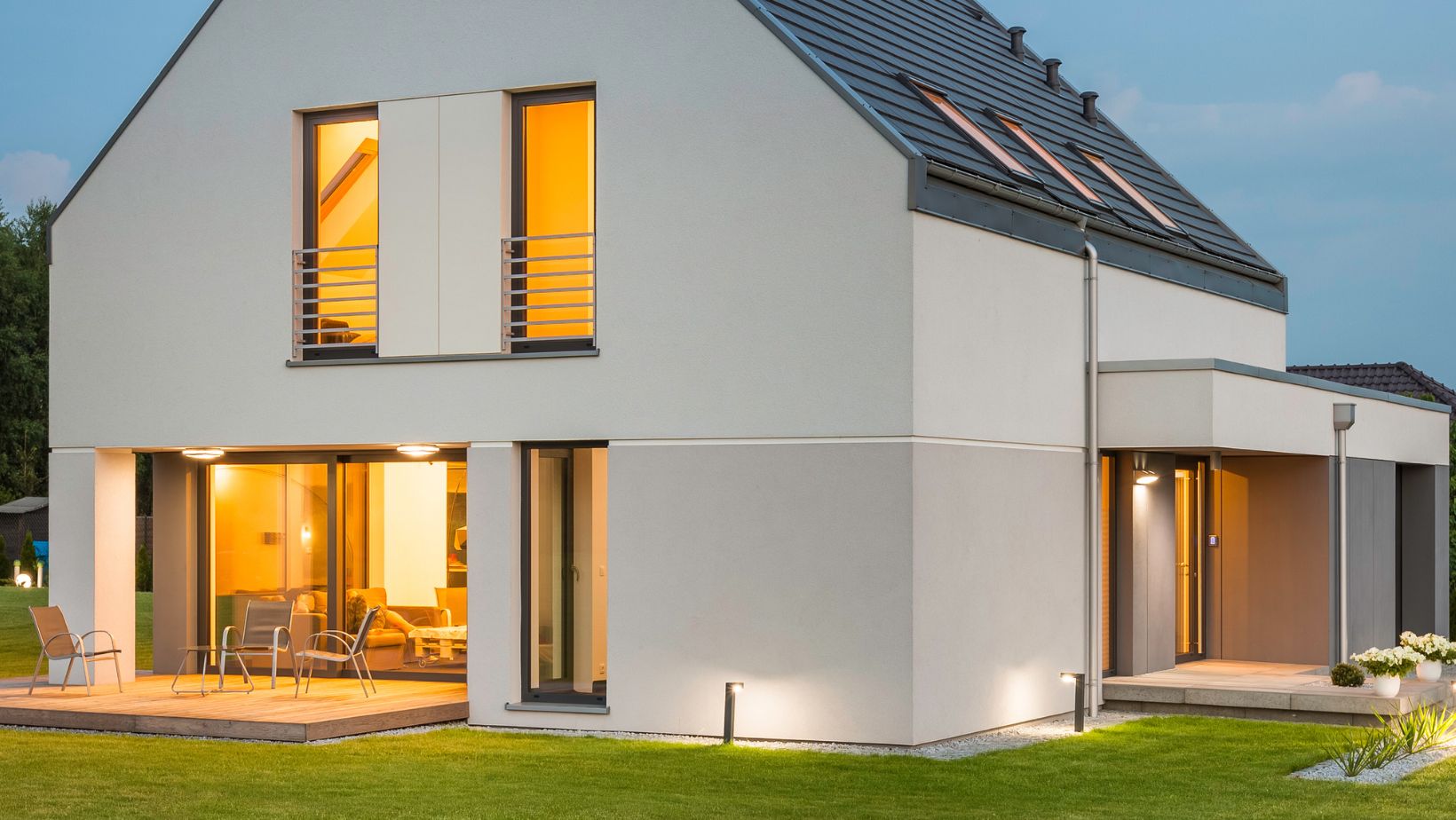Creating the perfect family home is an art that blends functionality, comfort, and aesthetics. The architecture of a family home is more than just a structural design; it’s about creating a space where memories are made and life unfolds. This article delves into the essential elements from an architectural perspective that contribute to making a great family home.
Flexible and Functional Design
A family home must evolve with its occupants. The architecture should incorporate flexible spaces that can adapt to changing needs. For instance, a home office can transform into a playroom as children grow. Sliding doors, movable partitions, and convertible furniture are vital elements that add to this flexibility.
Additionally, storage solutions are paramount. Built-in cabinets, under-stair storage, and attic spaces can keep the home clutter-free while accommodating the belongings of a growing family. This is something that you want to start planning once you begin looking for single ladies from Ukraine here or start a committed relationship.
Embracing Natural Light
Natural light is a critical component of a healthy and happy home environment. It not only saves energy but also enhances the well-being of the occupants. Architects achieve this through strategic placement of windows, skylights, and glass doors. Open floor plans allow light to permeate the space, making rooms feel larger and more inviting. This approach also fosters a connection with the outdoors, which is essential for a family home.
Safe and Secure
Safety is a primary concern in family homes. The architectural design should incorporate features like child-proofing, non-slip surfaces, and well-lit exteriors. In addition, technological advancements have made home security systems more sophisticated. Integration of security cameras, smart locks, and alarm systems can provide peace of mind for families.
Energy Efficiency and Sustainability
Eco-friendly design is no longer a luxury but a necessity. Energy-efficient homes not only reduce utility bills but also contribute to a healthier planet. Architects can incorporate these sustainable features into their design:
● Solar panels;
● Energy-efficient appliances;
● Sustainable materials;
● Well-insulated walls
● Green roofs;
● Rainwater harvesting systems.

Combining these ideas in accordance with the family’s needs and design preferences can help make the house more eco-friendly.
Outdoor Connectivity
A connection to the outdoors is vital for a family home. This could mean a backyard for children to play in, a garden for relaxation, or a patio for family gatherings. Architects can design these spaces to be an extension of the indoor living area, blurring the lines between inside and outside. Such designs encourage outdoor activities and foster a sense of connection with nature.
Comfort and Aesthetics
Comfort and aesthetics go hand in hand in a family home. The architectural design should prioritize spaces that are welcoming and warm. This includes the use of natural materials like wood and stone, which add texture and warmth.

Color schemes also play a crucial role in creating a cozy atmosphere. Moreover, the overall design should reflect the family’s personality and style, making the home a true representation of its inhabitants.
Community Integration
A family home is not an island. Its architecture should consider the surrounding community and environment. This means being in harmony with neighboring houses, respecting local architecture, and contributing to the overall aesthetic of the area. Proximity to community amenities like parks, schools, and shopping areas is also crucial for family living.
Multi-Generational Living
With the trend towards multi-generational living, homes need to accommodate different age groups. This includes designing spaces that are accessible for older family members, like having a bedroom downstairs or installing grab bars in bathrooms. At the same time, areas for children and adults to interact and engage in activities together are important.
In conclusion, a great family home from an architectural perspective is a harmonious blend of functionality, safety, sustainability, and aesthetics. It adapts to the changing needs of its occupants, provides comfort and security, and fosters a connection with the outdoors and the community. Ultimately, the best family home is one that becomes a backdrop for life’s precious moments, growing and evolving just like the family it shelters.
Jessica has a flair for writing engaging blogs and articles. She enjoys reading and learning new things which enables her to write different topics and fields with ease. She also strives to break down complex concepts and make them easy for anybody to comprehend.





